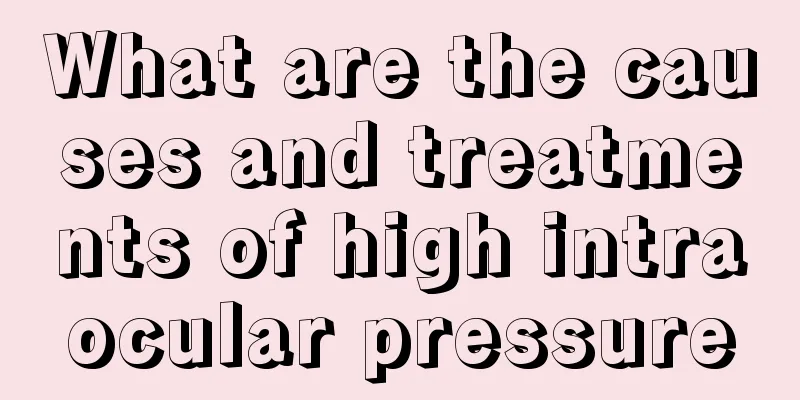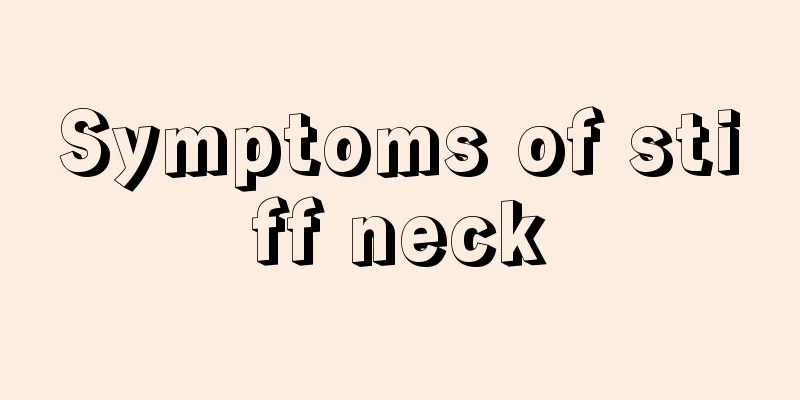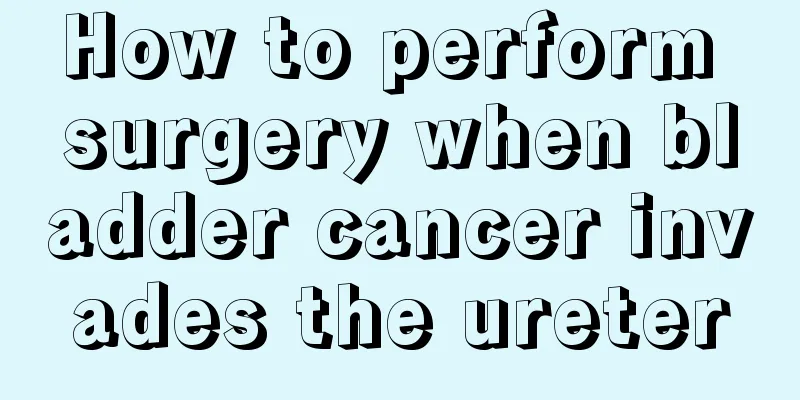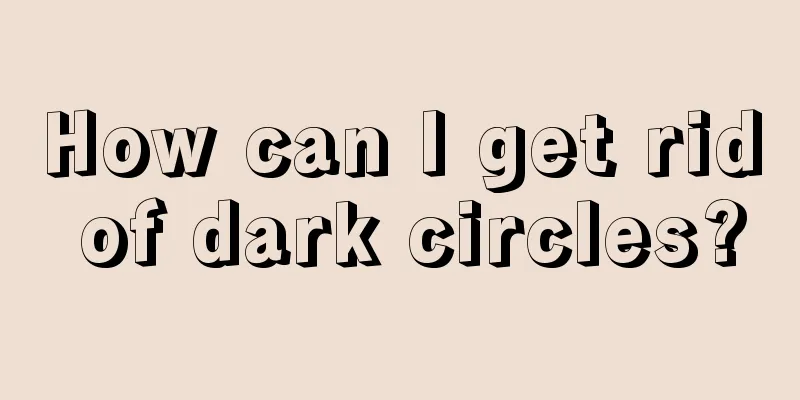What are the causes and treatments of high intraocular pressure

|
The eyes are the "windows to the soul" and an important basis for people to understand everything, so the importance of eyes is self-evident. Nowadays, with the development of science and technology, people use their eyes more and for longer periods of time due to electronic products, books, work, etc., so the chance of eye problems is greater, such as myopia, hyperopia, glaucoma, cataracts, high intraocular pressure, etc. What we are going to talk about today is the problem of high intraocular pressure. As the name suggests, high intraocular pressure means high pressure inside the eyeball, which often causes headaches, eye pain, eye swelling, red eyes and other problems. In severe cases, it can cause vision loss. So what exactly causes high intraocular pressure and how to treat it? Let’s learn about this below. Causes of high intraocular pressure: 1. Posture and food factors For a normal person, the intraocular pressure may rise by six mmHg when changing from a sitting position to a lying position. If you stand upside down, your intraocular pressure may rise by more than ten millimeters of mercury. Therefore, if glaucoma patients do yoga, we will advise them to avoid inverted movements as much as possible. In addition, drinking a large amount of fluid (such as 500CC) in a short period of time can increase intraocular pressure. Some medicines can also cause the side effect of increased intraocular pressure, the most noteworthy of which are medicines containing steroids. Regardless of the route of administration, whether oral, skin application, nasal spray or eye drops, as long as it contains steroids, there is a chance of this side effect. 2. Disease Factors Eye diseases such as glaucoma, diabetes, cardiovascular disease, iridocyclitis, cataracts, and myopia can all cause high intraocular pressure, and trauma can also cause high intraocular pressure. 3. Factors in daily life Staying in the dark for too long; looking down or reading for too long; not getting enough rest and overworking; overeating; seasonal changes, such as winter. Treatment First, you can use drugs and eye pressure-lowering drops. 1. Pilocarpine eye drops: commonly used for open-angle glaucoma. 2. Physostigmine eye drops: mostly used for acute glaucoma; after taking the medicine, compress the lacrimal sac to prevent absorption and poisoning. 3. Epinephrine eye drops: used for simple glaucoma, not for patients with diabetes, heart disease, hyperthyroidism, and hypertension. 4 2. Propranolol eye drops: used for simple glaucoma, can also be used in combination with pilocarpine eye drops. It is not recommended for the elderly, people with slow heart rate, and asthma. 5. Timolol maleate eye drops: mainly used for open-angle glaucoma, aphakic glaucoma, certain secondary glaucoma, high intraocular pressure, use with caution in patients with heart failure and bronchial asthma, and it is best not to be used by pregnant women and children. It is contraindicated for patients who are allergic to this product or have bradycardia. Second, you can use yoga: Yoga says that closing your eyes, rubbing your palms together to warm them up, and then gently placing them on your eyes can relieve eye fatigue and lower intraocular pressure. |
<<: What are the classifications of bone and joint diseases?
>>: What is a positive Murphy's sign
Recommend
Glucose supplement or something
Many people are familiar with Glucosamine, but no...
How many hours of fasting is considered fasting
When the human body is fasting for a long time, i...
What are the main symptoms of testicular cancer
The testicles are important reproductive organs f...
Symptoms of breast cancer recurrence after surgery
Symptoms of breast cancer recurrence after surger...
What to do if blisters appear after a burn
If blisters appear after being burned, it is very...
I have lung cancer and would like to know how long it usually takes to get well?
Surgical resection of early lung cancer has a bet...
What are the treatments for anemia?
Anemia may occur after excessive weight loss, chi...
How long can you live if cervical cancer worsens in the late stage
In our lives, we often ignore our own health prob...
Will a miracle happen when TCM treats advanced liver cancer? TCM has these advantages in treating advanced liver cancer
Liver cancer is very common in our lives. We all ...
Dizziness after treatment of nasopharyngeal carcinoma
Dizziness after nasopharyngeal cancer treatment 1...
What is the psychological care for patients with advanced renal cancer?
In recent years, kidney cancer has become one of ...
What are the treatments for lower limb thrombosis?
Lower limb thrombosis is a relatively dangerous d...
What is the principle of invisible orthodontic treatment?
Many friends are interested in invisible orthodon...
What to do if your scalp is damaged and you are losing hair? Here are some tips on how to take care of it
If the scalp is damaged, hair loss will be more l...
What are the effects and side effects of deer antler?
Do you know the effects and functions of deer ant...









